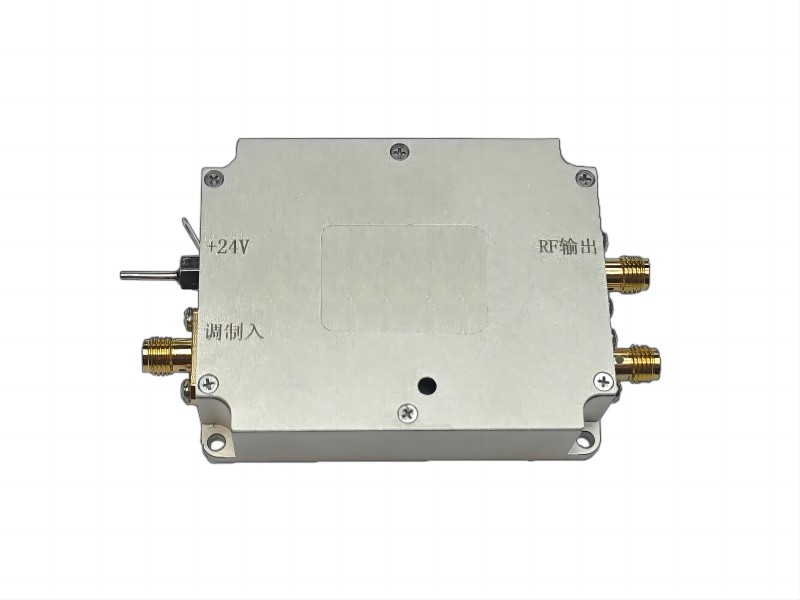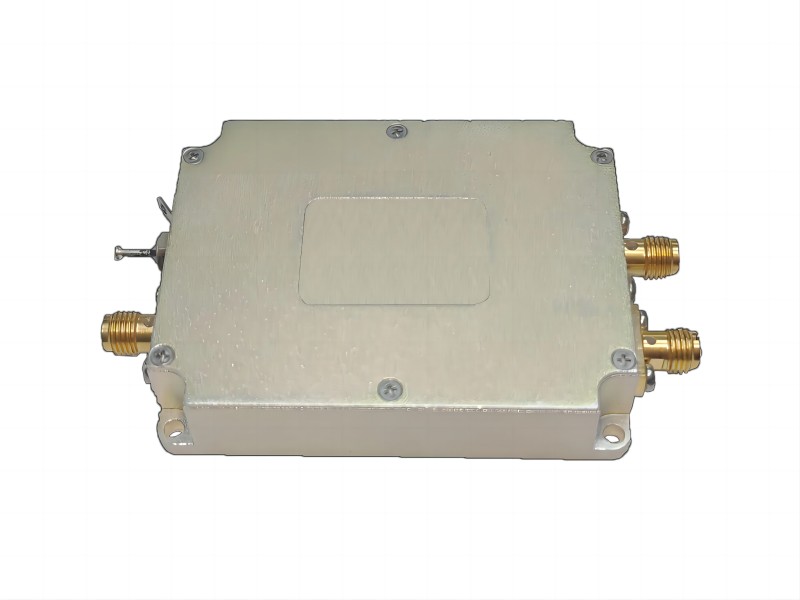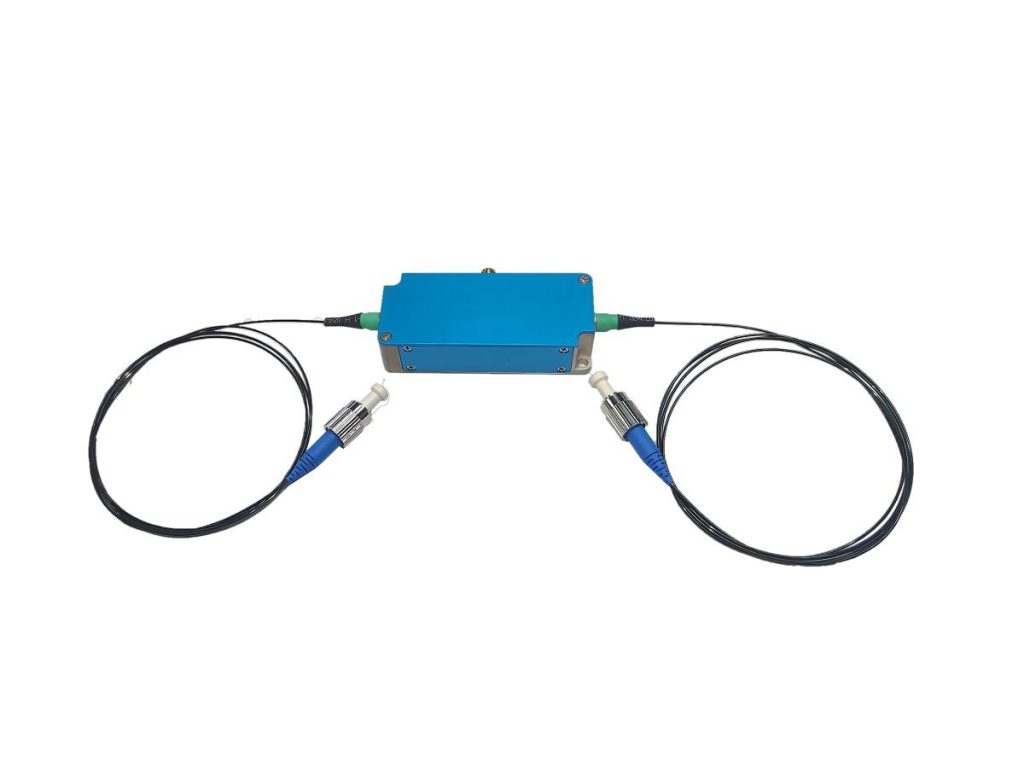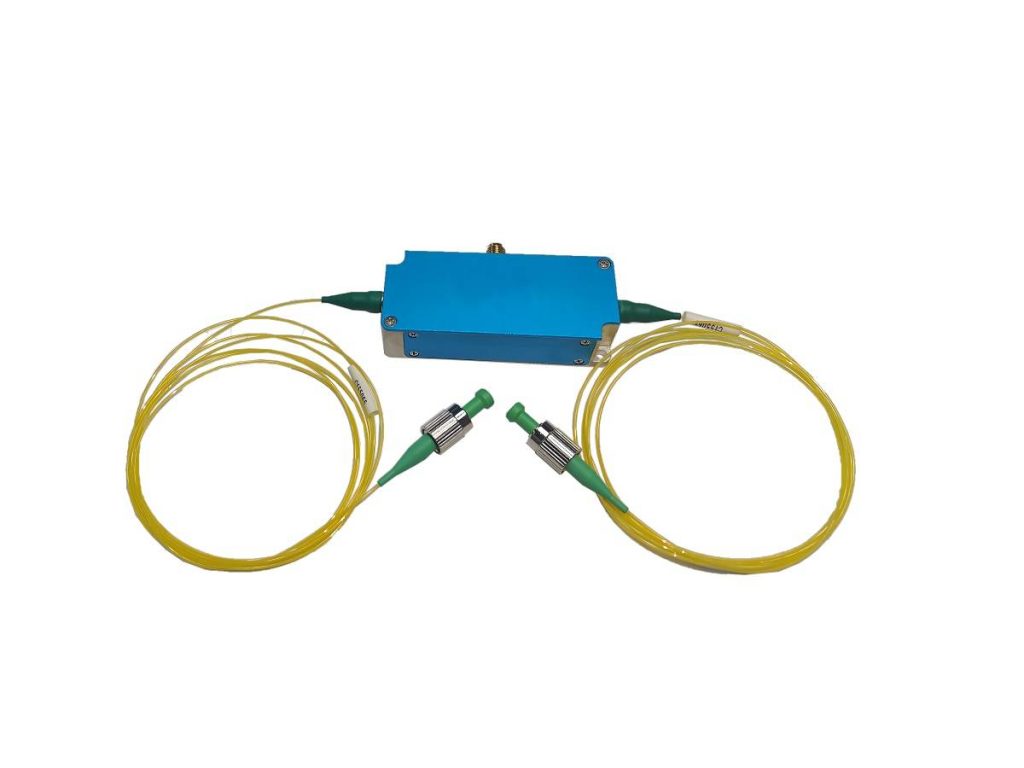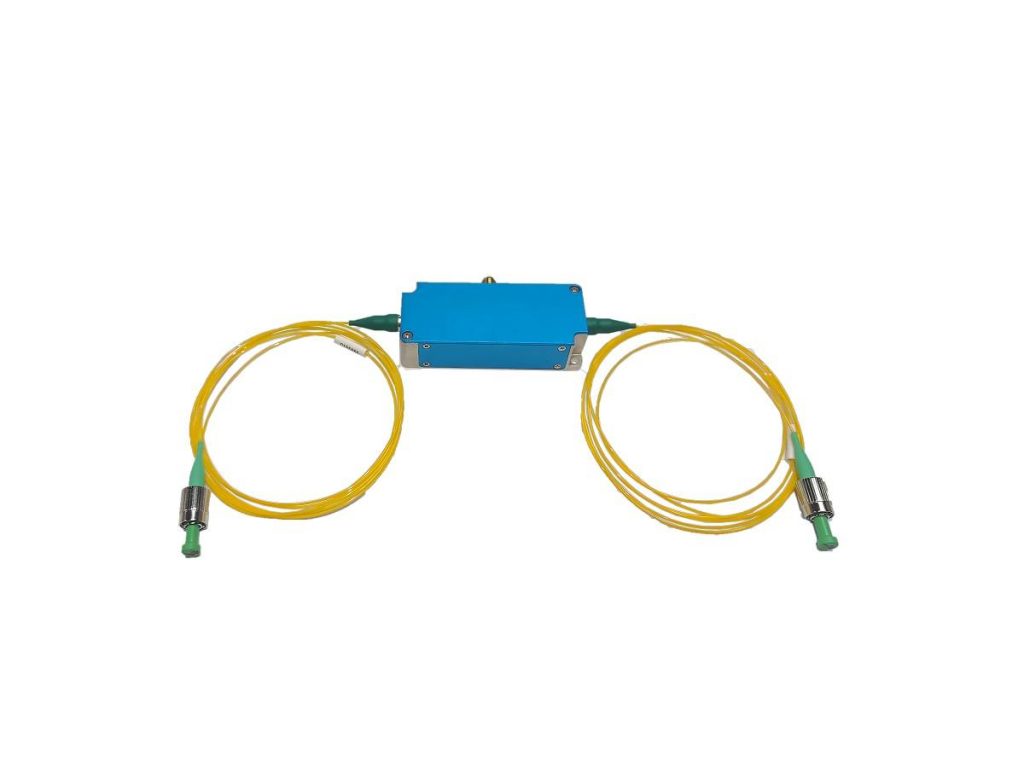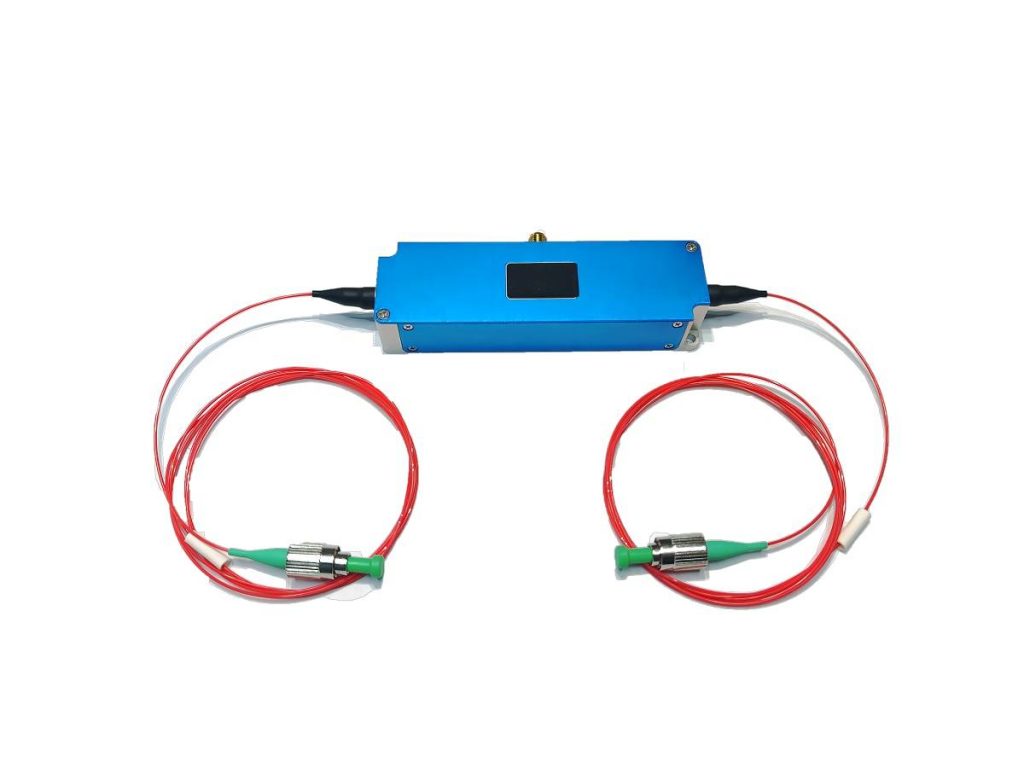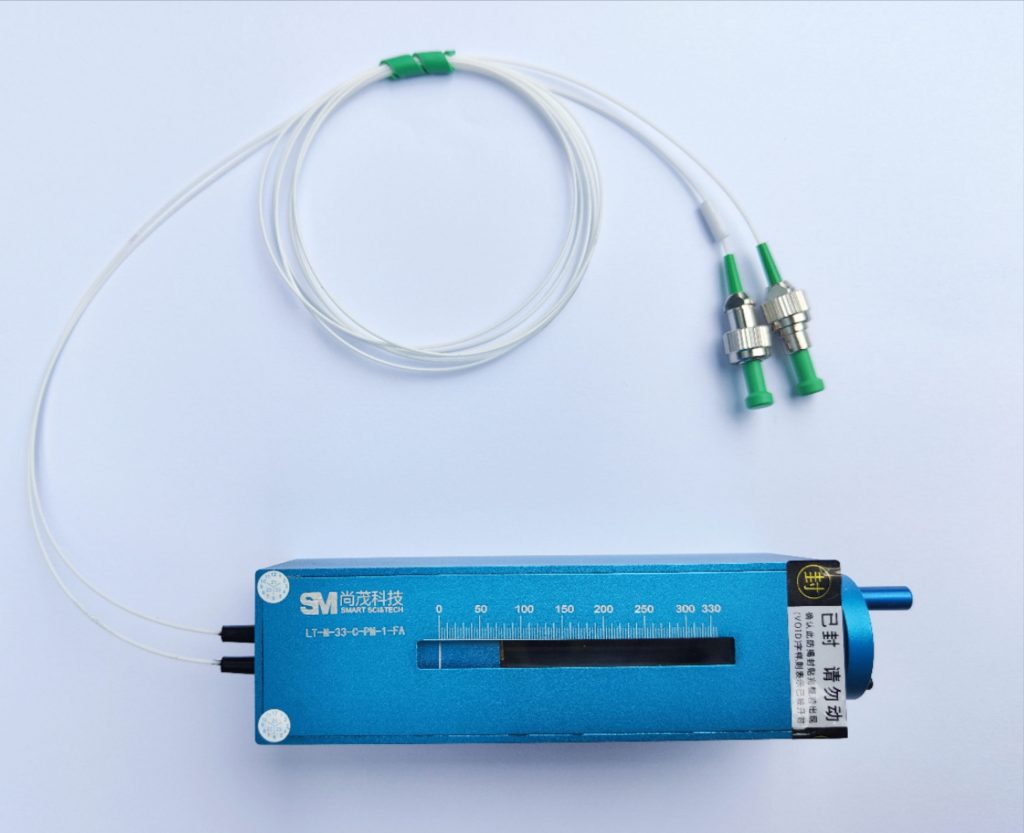Are There Any Safety Considerations for Optical Delay Lines?
Optical Delay Lines (ODLs) are versatile tools used in a variety of applications, including telecommunications and laser material processing. They manipulate the timing of light pulses, which is critical for precise control in these systems. However, when optical delay lines are used in conjunction with high-power lasers, a major safety concern arises: the risk of eye damage. Smart investigates the risks associated with high-power lasers and optical delay lines, discusses critical safety precautions to mitigate these risks, and emphasizes the consequences of failing to follow safety protocols.
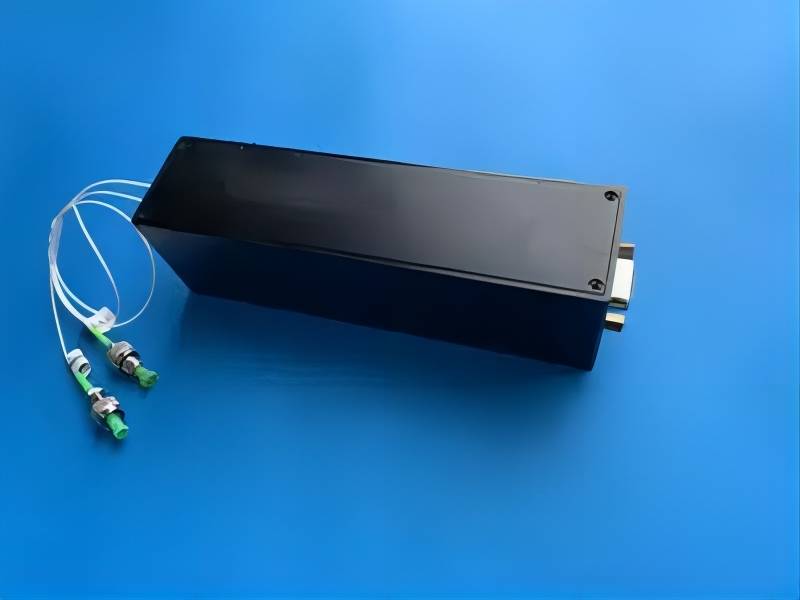
1. Eye Damage and High-Power Lasers
While Optical Delay Lines do not produce light, they frequently play an important role in systems that use high-power lasers. The way these lasers concentrate and emit light poses a significant risk of eye damage. Understanding how these lasers can harm your eyes is critical for anyone working with Optical delay lines alongside high-power lasers.
The Dangers of Concentrated Light
Unlike ordinary light sources, high-power lasers concentrate a massive amount of light energy into a narrow, densely packed beam. The concentrated light intensity can overwhelm the eye’s natural protective mechanisms, resulting in thermal damage. Imagine concentrating the heat of a thousand suns into a pinpoint; that is the power that a high-power laser beam can deliver to a tiny spot in your eye.
Direct vs. Indirect Exposure
The danger does not end with looking directly at the laser beam. Both direct and indirect exposure can cause harm:
- Direct Exposure: This is the most dangerous scenario, as you look directly into the laser beam. The concentrated light can instantly burn and damage the retina, the light-sensitive layer in the back of your eye, potentially resulting in permanent vision loss.
- Indirect Exposure: Laser light, even when reflected, can be hazardous. If the laser beam bounces off a surface (such as a wall or another optical component) and enters your eye, it can still cause damage, particularly if exposed repeatedly or for an extended period. Reflected light may be weaker, but the intensity of the beam can still cause harm.
The Threat of Specific Wavelengths
The specific wavelength of laser light also influences the type of damage it can cause. Various parts of the eye absorb different wavelengths.
- Cornea (Outer Layer): Some laser wavelengths are easily absorbed by the cornea, the transparent dome-shaped layer in the front of the eye. This can cause corneal burns, resulting in severe pain and vision problems.
- Retina (Inner Layer): Other wavelengths can go deeper into the eye and reach the retina. Even short-term retinal damage can result in permanent vision loss.
Eye Safety: A Top Priority with Optical Delay Lines and Lasers
Given the risk of severe and permanent eye damage, prioritizing safety is critical when working with optical delay lines equipped with high-power lasers. Even minor misalignments or accidental exposure can have serious consequences. Taking all necessary precautions to protect your eyes should be a top priority.
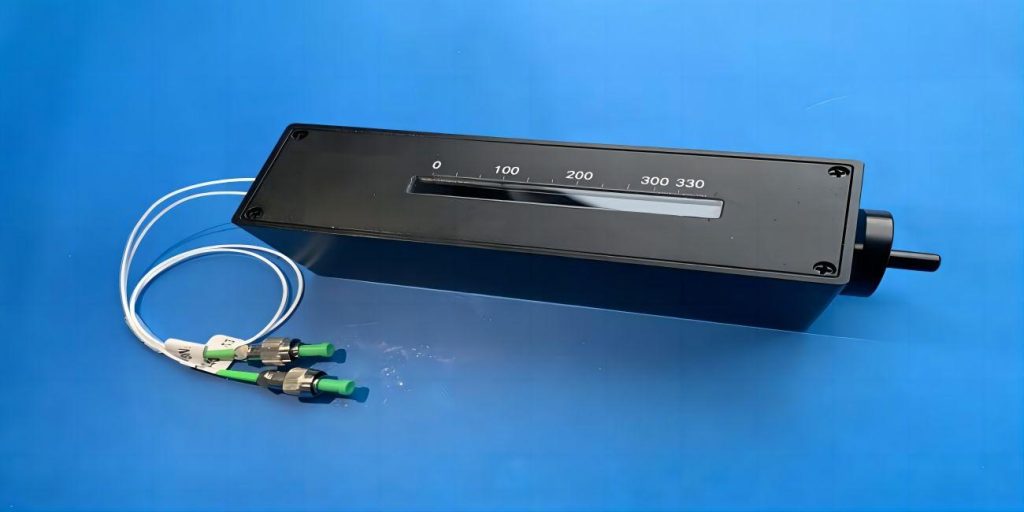
2. Laser Safety Precautions with Optical Delay Lines
While the concentrated light from high-power lasers poses significant hazards when combined with optical delay lines, several critical safety precautions can significantly reduce these risks. Here’s how you can prioritize your safety.
The Right Eye Protection: Optical Density
The first line of defense is to wear appropriate eye protection designed specifically for the laser wavelength used in your optical delay lines set up. These safety glasses or goggles include special filters with an “optical density” (OD) rating. This rating indicates how effectively the filter reduces the amount of laser light that reaches your eyes.
- Choosing the Correct OD: Do not settle for generic eye protection. It is critical to choose glasses or goggles with an OD rating that precisely matches the wavelength of your laser. A higher OD rating indicates more attenuation for stronger lasers. To select the appropriate eye protection, consult your Laser Safety Officer (LSO) or the laser manufacturer’s recommendations.
- Never Compromise: It’s tempting to wear regular glasses or sunglasses, but they do not protect against high-powered lasers. Always prioritize using the appropriate laser safety eyewear for your application.
Laser Safety Officers: Your Partners in Protection
Many research institutions and facilities have appointed Laser Safety Officers (LSOs). These people play an important role in ensuring a safe working environment for laser operators. Here’s how LSOs can contribute:
- Training and Guidance: LSOs offer comprehensive training on laser safety protocols that are specific to your lab or workspace. This training covers hazard identification, safe work practices, and the proper use of eye protection.
- Risk Assessment and Approval: They may be involved in determining the risks associated with your optical delay lines and laser setup before approving its use. This ensures that all necessary safety measures are in place.
Enclosed Beam Path: Minimizing Exposure Risk
Whenever possible, plan your optical delay lines set up so that the laser beam path is completely enclosed within the system. This significantly reduces the risk of accidental exposure to the laser beam, both directly and indirectly. Here’s how enclosure works:
- Confined Beam Path: Using beam tubes, collimators, and other components, you can confine the laser beam within the optical delay lines housing, preventing it from deviating from the intended path.
- Reduced Risk of Reflection: Enclosed beam paths reduce the possibility of a laser beam reflecting off surfaces and entering someone’s eye.
Additional Safety Measures: A Multi-Layered Approach
Aside from the primary precautions mentioned above, several additional safety measures contribute to a safe work environment:
- Warning Signs and Labels: Clearly label your workspace and optical delay lines setup with warning signs for high-power lasers and potential eye hazards. These signs act as a constant reminder to prioritize safety procedures.
- Limited Access: Restrict laser access to authorized personnel with proper laser safety training. This reduces the likelihood of unauthorized or accidental exposure.
- Secure Beam Path: Ensure all connections and components in the optical delay lines setup are secure to avoid misalignment or beam leakage. Regular maintenance and checks are critical.
- Regular Inspections: Conduct regular inspections of your optical delay lines set up to detect any potential hazards or misalignments that could result in unsafe laser exposure. This proactive approach helps to avoid accidents before they occur.
By taking these precautions and creating a safe environment, you can significantly reduce the risk of injury when working with optical delay lines and high-power lasers. Remember that laser safety is not optional; it is necessary to protect yourself and others.
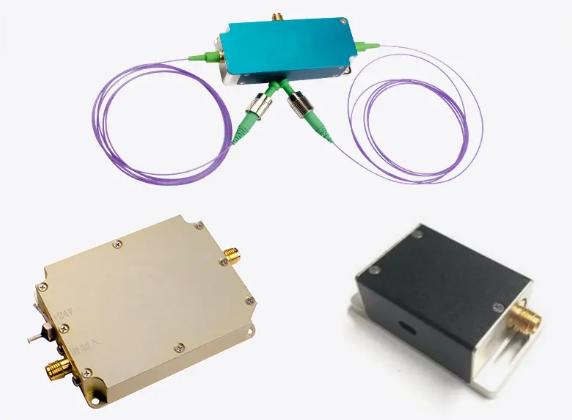
3. Consequences of Ignoring Safety Precautions
Ignoring safety precautions when using high-power lasers in optical delay lines setups can have serious and irreversible consequences. Even a brief, accidental exposure to a high-power laser beam can result in permanent vision loss.
The concentrated light from these lasers can harm the retina, the light-sensitive layer in the back of your eye that converts light signals into electrical signals that your brain interprets as vision. Thermal damage caused by the laser beam can destroy these delicate photoreceptor cells in the retina, resulting in blind spots, scotomas (areas of vision loss), or even complete blindness, depending on the severity and location of the damage.
This vision loss can be permanent, as there are currently no medical treatments available to regenerate damaged retinal cells. Furthermore, some laser wavelengths can cause delayed damage, meaning that the full extent of the injury is not immediately apparent. This emphasizes the importance of adhering to all safety protocols to avoid even seemingly minor exposure risks.
Conclusion
While optical delay lines are not light sources, their applications frequently involve high-power lasers, which pose a serious threat to eye health. Understanding the harmful effects of concentrated laser light and taking the necessary precautions, such as appropriate eye protection, enclosed beam paths, and proper training, is critical. When using optical delay lines with high-power lasers, prioritize safety and follow established protocols to ensure a safe and productive workplace. Remember, protecting your vision is critical; don’t let a momentary lapse in safety result in a lifetime of consequences. If you always use it in the right way, optical fiber delay will be your good tool. SMART SCI&TECH provides electric optical fiber delay lines and manual adjustable fiber delay lines you can choose.

